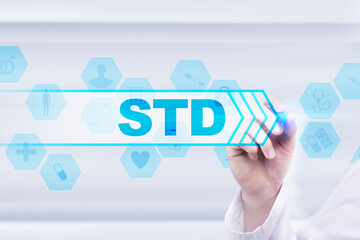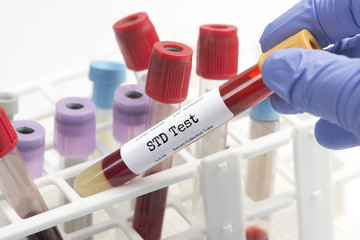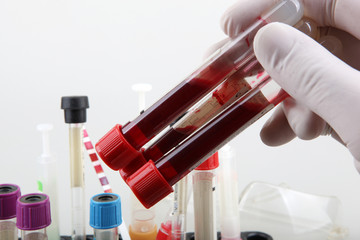Sexually Transmitted Diseases (STDs): What You Should Know
Sexually Transmitted Diseases (STDs), are diseases that can be transmitted through sexual intercourse. One can easily contract STDs by having unprotected sexual intercourse with an infected person. It can also be transmitted by a mother to her unborn baby during pregnancy. Sexually transmitted diseases are known to be caused by virus, yeast, and bacteria parasites. Though, most STDs affect both men and women, but in most cases the resulting health issues they cause can be more severe for women. Most STDs do not show any definite sign or symptoms while some are also known to show late symptoms, hence, one can be infected without knowing it. It is advisable for every individual to be having a regular STD test, in other to protect oneself and others.
List of sexually transmitted disease
Here are
some of the sexually transmitted disease we should know about.
HIV/AIDS : human immunodeficiency virus (HIV) is the most common of these STDs. HIV destroys our body's immune system, which is responsible for fighting against disease and infection that is caused by bacteria, fungi and viruses. When the immune system has being destroyed and no longer functioning, this leads to the next stage of this disease. When the body is now exposed to any giving bacteria, fungi and viruses which can lead to chronic disease or in most cases death . Currently, most people with HIV are treated with a combination of drugs known as highly active anti-retroviral therapy (HAART), or combined anti-retroviral therapy (cART). These therapies do not cure HIV, but marely prevents it from entering the terminal stage which is AIDS.
Syphilis: Syphilis is another common STD with a well known history. Syphilis is caused by the bacterium Treponema pallidum. When left untreated, it can lead to serious health complications or death in most cases. It has being observed that the first symptom to appear is a small round sore, known as a chancre. Chancre is know to be painless but very infectious which can develop on the genitals, anus, or mouth. There's also a condition known as congenital syphilis, which occurs when a pregnant woman with syphilis passes the disease to her unborn infant. Congenital syphilis can be disabling, even life-threatening, so it's important for a pregnant woman with syphilis to be treated.
Human papillomavirus (HPV): Human papilloma virus (HPV) is also one of the most common STDs. Human papillomavirus (HPV) is a virus that can be passed from one person to another through intimate skin-to-skin or sexual contact. Some studies have shown that, before the development of the HPV vaccine, it has being estimated that three-quarters of the sexually active population had HPV at some point during their lives, and one-quarter of women were infected at any given time.
The signs and symptoms of Human papilloma virus includes:- Small, flesh-colored or gray swellings in your genital area
- Several warts close together that take on a cauliflower shape
- discomfort as a result of itching in the genital area
- Bleeding during sexual intercourse
Gonorrhea: Gonorrhea also known as “the clap, is another common bacterial STD that affects the genital tract and It can also grow in your mouth, throat, eyes and anus. The first symptoms of gonorrhea generally appear within ten days after exposure. Signs and symptoms of gonorrhea may include:
- Thick, cloudy or bloody discharge from the penis or vagina
- Severe pain and discomfort when urinating
- Heavy menstrual bleeding or bleeding between periods
- Painful, swollen testicles
- Painful bowel movements
- Itching in the anus
Chlamydia: Chlamydia is the most curable of all the STDs. It's a bacterial infection that targets the genital tract. Chlamydia are known to show little or no sign or symptoms at the earlier stages of infection, therefore, are usually difficult to dictate. It infects the cervix in women and the penile urethra in men. Despite the lack of symptoms, it's important to get screened and treated if you think you might have been exposed to chlamydia. If you don't, it can do a lot of damage to your body in the long run.
Trichomoniasis: It is also a very curable STD just like the Chlamydia. The infection is more common in women than in men. It’s caused by a microscopic, one-celled parasite called Trichomonas vaginalis. This organism spreads during sexual intercourse with someone who already has the infection.
- Clear, white, greenish or yellowish vaginal discharge
- Discharge from the penis
- Strong vaginal odor
- Vaginal itching or irritation
- Itching or irritation inside the penis
- Pain during sexual intercourse
- Painful urination





No comments:
Post a Comment